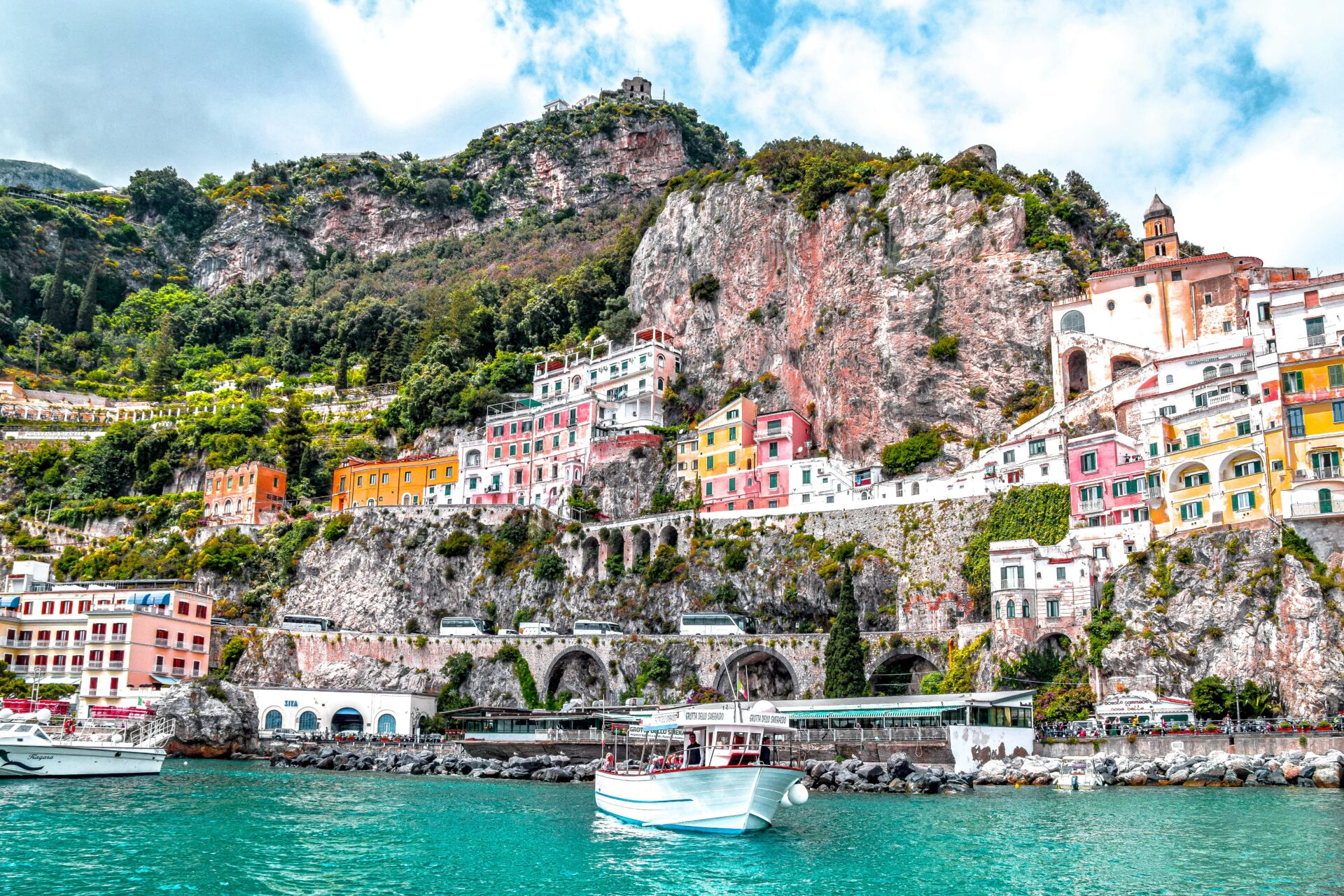The Amalfi Coast gets called Italy’s most coveted corner for a reason—those dramatic cliffs, the blue-green waters, and charming villages really do live up to the hype. Like a lot of folks, I spent ages dreaming about this Mediterranean paradise, but I always worried I’d get lost in the waves of tourists that fill the narrow streets every summer.
It feels almost impossible to find peaceful, authentic experiences along this famous coastline, but if you slip behind high walls and dodge the main tourist routes, you’ll find a different Amalfi waiting for you.
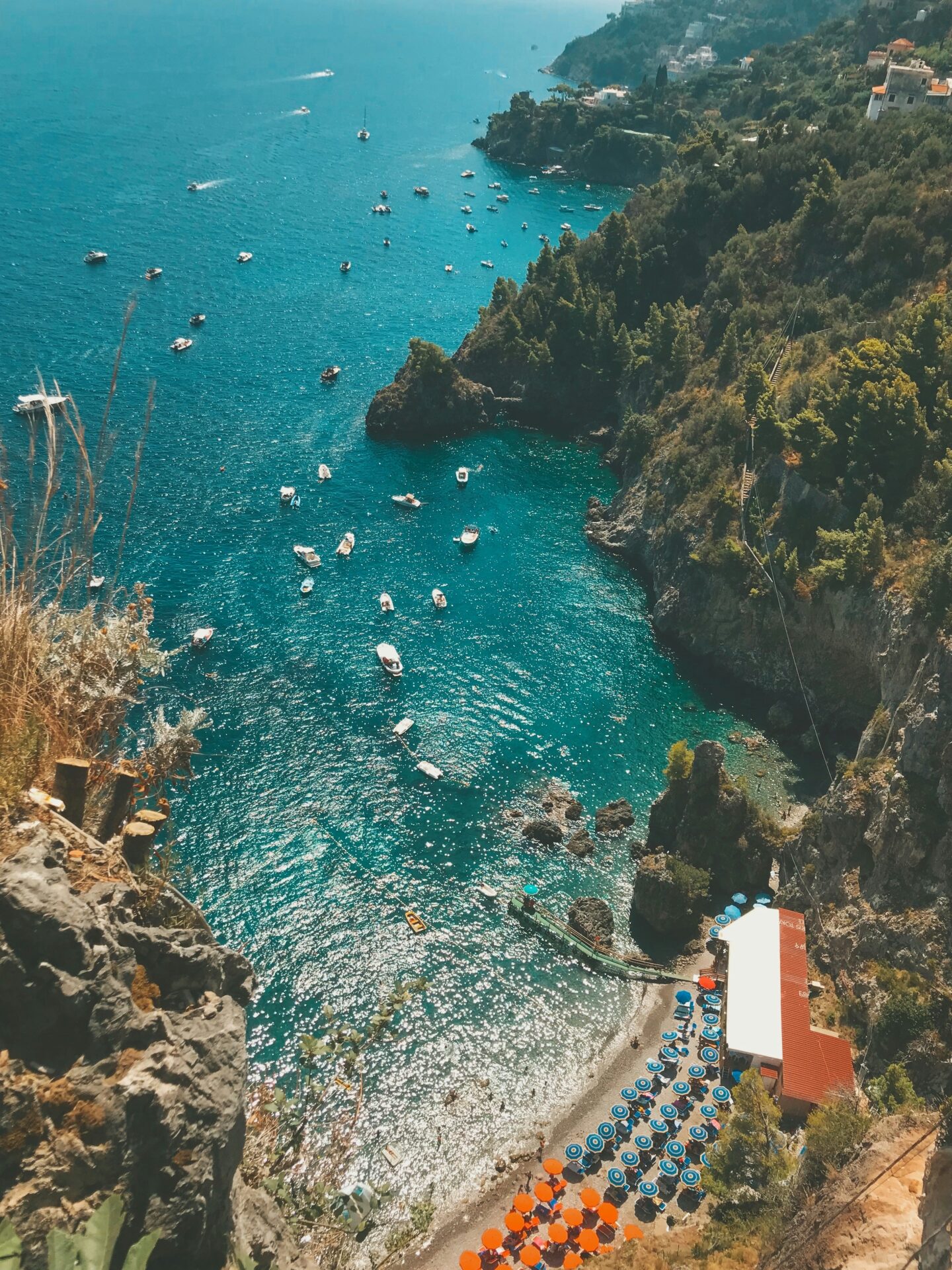
My first Amalfi trip taught me something important—timing and location really matter. Most tourists swarm Positano and central Amalfi, but I realized that just a few miles away, I could wander centuries-old palazzos, quiet lemon groves, and local restaurants where Italians actually eat.
These authentic corners are there if you know where to look. The 17th-century Palazzo Belmonte, with its huge fig tree, stands as proof of the region’s agricultural roots.
What I love most about the real Amalfi is getting to see the coast the way locals do. I take morning walks down less-traveled paths, grab coffee at tiny cafés where the baristas remember my name, and chat with fishermen as they haul in their catch in the evenings.
These are the moments that show you the soul of Amalfi—something most visitors never see. The beauty here isn’t just in the postcard views; it’s in the living, breathing culture that keeps going long after the tourist buses leave.
Understanding the Allure of Popular Amalfi
The Amalfi Coast just pulls people in with its mix of natural beauty and rich culture. Those colorful cliffside villages and perfectly clear waters have lured artists and travelers for ages.
Amalfi’s Iconic Landmarks
The first time I landed in Amalfi, I couldn’t miss the Duomo di Sant’Andrea towering over the town square. Its striped Byzantine facade and grand staircase make it pretty unforgettable.

Image Source: Tripadvisor
Inside, I found the Church of San Luca Evangelista, full of intricate details that hint at Amalfi’s deep history.
The old paper mills tucked into the valleys remind me that Amalfi once had a booming paper industry. I love poking around these ancient buildings when I hike the Valley of the Mills.
The winding coastal road is a landmark in itself. Carved right into the cliffs, it gives you heart-stopping views at every curve.
From this road, I’ve snapped some of my best breathtaking photos of the Mediterranean stretching into forever.
What Draws the Crowds
Amalfi’s climate is hard to beat. Every time I visit Campania, I’m grateful for those sunny days that make the sea sparkle and the buildings pop.
The food keeps me coming back. There’s nothing like fresh seafood pulled from the water you’re looking at, paired with local Campania wine.
Getting to Amalfi is easy from Naples. I can hop on a ferry or drive along the coast, which makes it a no-brainer for a lot of travelers.
This convenience, plus Amalfi’s global fame, explains why so many people show up here.
The blend of natural beauty, history, and Italian charm is just irresistible. No wonder visitors keep coming back.
Hidden Corners and Authentic Experiences
Most tourists stick to the famous spots, but I’ve learned that the real magic of the Amalfi Coast hides in lesser-known corners. These places give you a taste of authentic Italian coastal life, far from the crowds and tourist traps.
Local Villages Off the Beaten Path
Praiano sits quietly between the hotspots of Amalfi and Positano. I stumbled on it during my second trip and fell for its easygoing vibe. Here, locals still outnumber visitors, and life moves at a gentler pace.
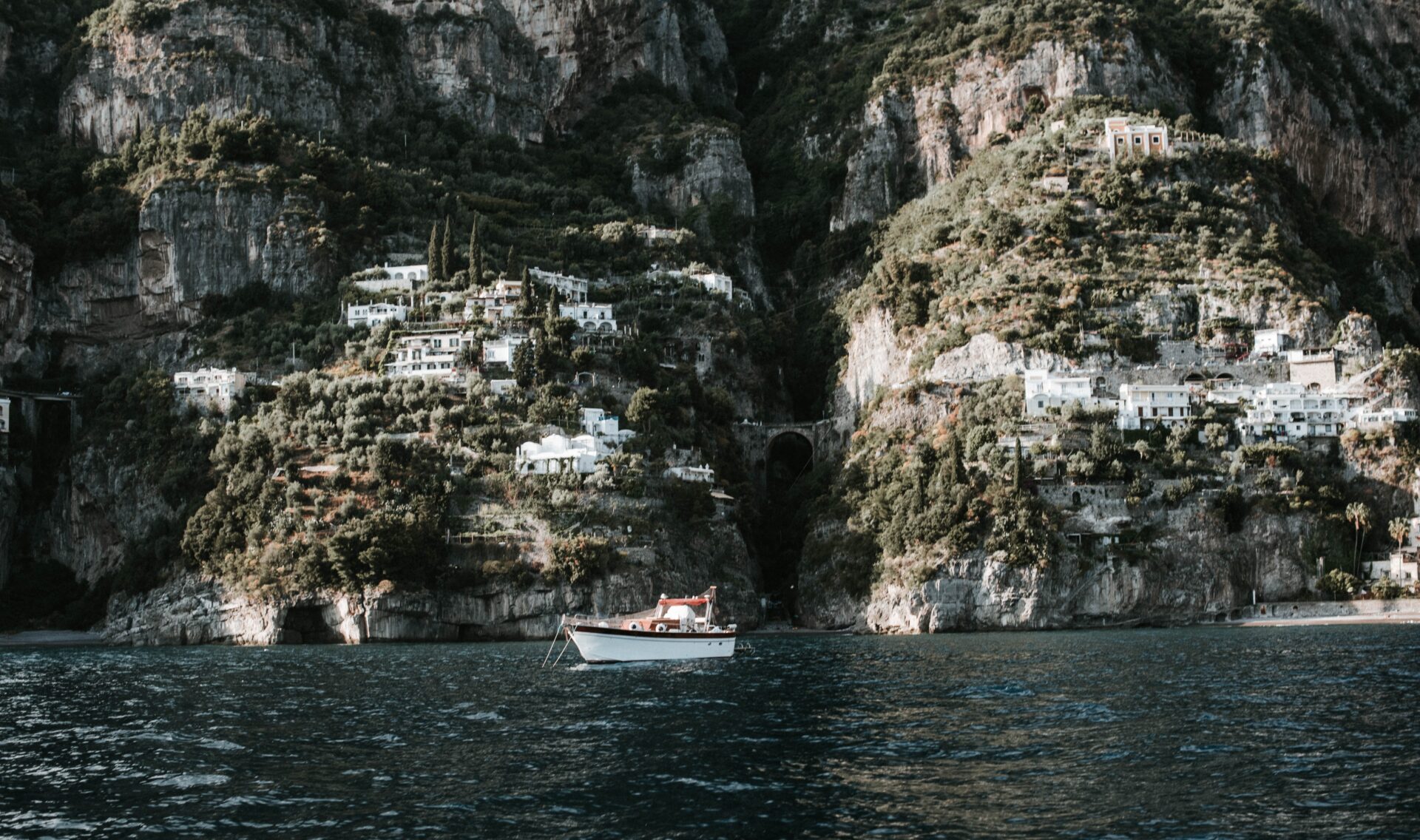
Tramonti sits up in the hills, wrapped in lemon groves and vineyards. I spent an afternoon wandering its quiet streets, chatting with older residents who’ve lived there forever.
Minori and Maiori, two towns often skipped by travelers racing between Amalfi and Ravello, surprised me with their beautiful promenades and ancient Roman villas. Family-run restaurants here served up some of my most memorable meals.
Secluded Amalfi Coast Beaches
The Mediterranean calls to you everywhere along the coast, but finding a quiet spot isn’t always easy. I learned that the best beaches usually require a boat ride or a steep hike down from the main road.
My favorite hidden cove sits near Conca dei Marini. Crystal-clear water laps at smooth pebbles, and I only got there by renting a small boat from a local fisherman.
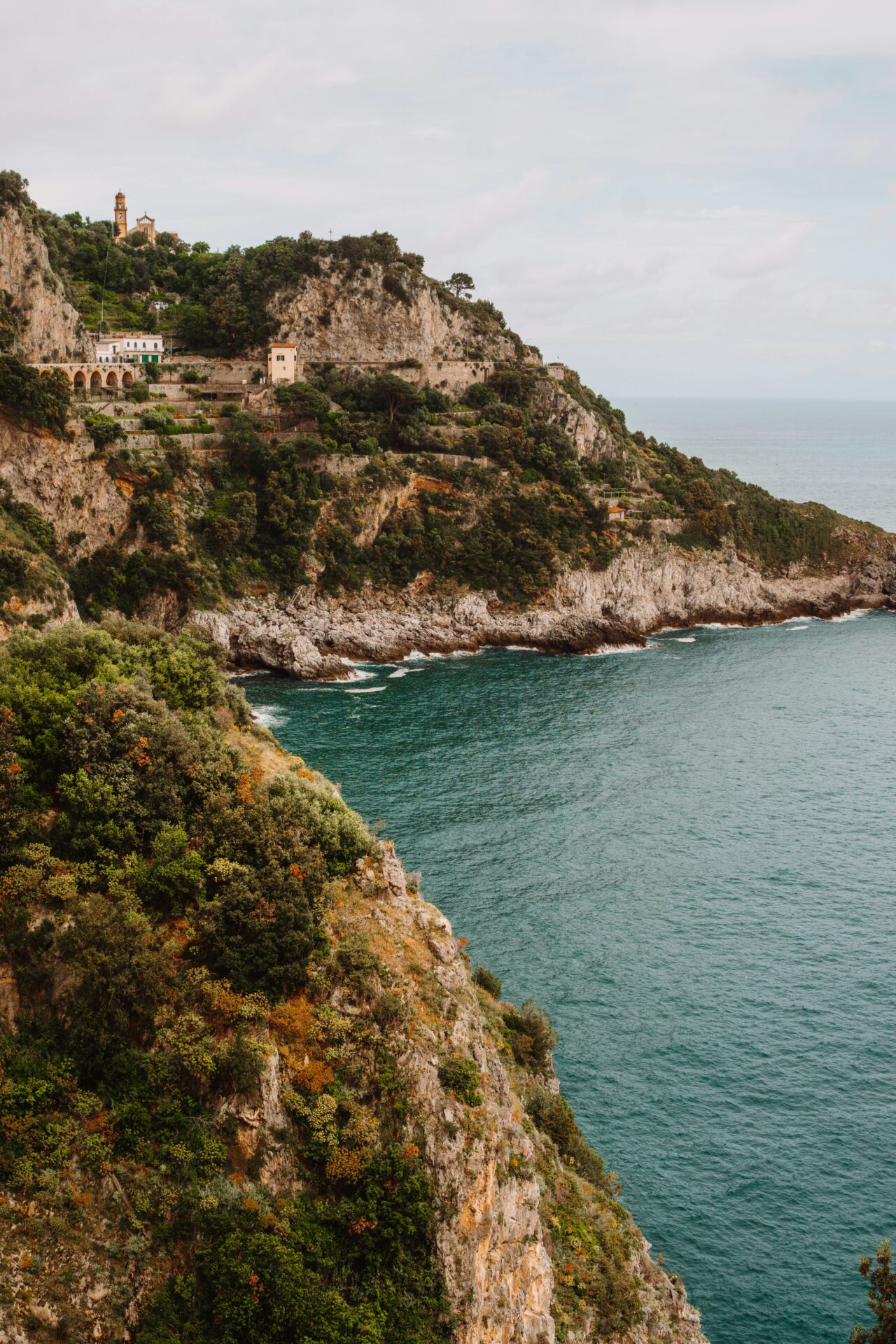
If you’d rather stay on land, the beaches between Maiori and Erchie offer a peaceful contrast to crowded Positano. Early mornings are pure magic—just a handful of local swimmers and maybe a fishing boat or two.
Savoring Traditional Food Away from the Tourist Spots
Amalfi Coast food has a big reputation, but the best flavors hide in family-run trattorias tucked into side streets and hilltop villages.
In Tramonti, I found a tiny place serving homemade pasta with buffalo mozzarella and fior di latte so fresh it was made that morning. The owner told me his family has made cheese for generations.
Seafood is everywhere. My favorite meal was a simple spaghetti with local anchovies in Cetara, a fishing village where the daily catch decides the menu.

Don’t skip homemade limoncello in the small villages. The one I tried in Minori, made from local lemons, tasted nothing like the stuff you find in souvenir shops.
Exploring Amalfi Beyond the Main Streets
Most tourists stick to the busy squares and waterfront, but Amalfi hides pockets of real Italian life if you’re willing to look. If you wander off the main paths, you’ll find the town’s true character and local customs.
Charming Walks and Authentic Markets
I love walking through Valle dei Mulini (Valley of the Mills), where old paper mills still stand as reminders of Amalfi’s papermaking days. This valley is cool and quiet, a perfect escape from the coastal crowds.
The path runs alongside a stream, with lush greenery and mill ruins giving the place an almost magical feel.
On Wednesdays, I head to the market in Piazza dello Spirito Santo. Unlike the touristy shops, you’ll find seasonal produce, fresh fish, and local specialties here.
For a walk with a view, try the Sentiero degli Dei (Path of the Gods). It starts in Agerola and gives you coastline views most visitors never see.
Historic Churches and Artisanal Workshops
Beyond the Duomo, the Church of San Luca Evangelista waits quietly in a corner of Amalfi. This small 12th-century church has beautiful frescoes and rarely more than a few visitors. I often duck in for a peaceful break from the bustle.
Amalfi’s workshops keep old crafts alive. I’ve spent hours watching master papermakers at Cartiera Amatruda make handmade paper using methods from the 13th century.
If you’re into ceramics, check out the small family-run workshops in the upper town. The pieces are more authentic and often cheaper than the main street shops. Many artisans will show you their craft if you’re genuinely interested.
Scenic Trails and Adventurous Paths
The Amalfi Coast has some of the most breathtaking hikes I’ve ever done. These trails get you away from the crowds and show you real local landscapes you won’t find in any travel brochure.
Hiking the Path of the Gods
I found the Sentiero degli Dei (Path of the Gods) early one morning, nearly empty of people. The 7.8 km trail runs between Bomerano and Nocelle, opening up to views of the coastline and Capri in the distance.
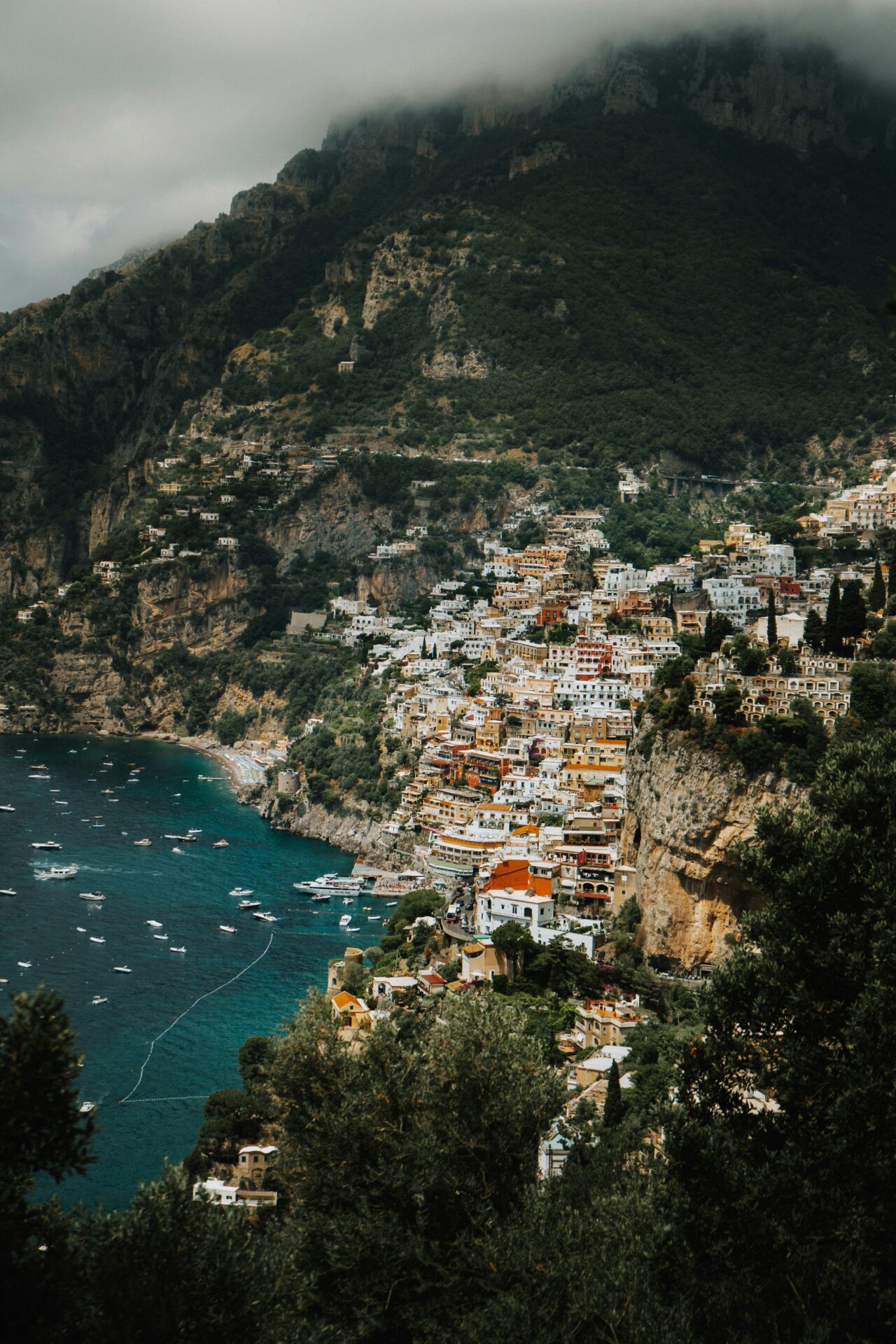
The trail winds through the Monti Lattari mountains and passes old shepherds’ huts. I always start from Bomerano for an easier, mostly downhill walk.
Go early in the morning or on weekdays in spring or fall (April-May or September-October) for a quieter hike. Bring water, wear sturdy shoes, and don’t forget your camera—the lemon groves and terraced vineyards against the blue sea are just unreal.
Nature Walks Near Ravello and Sorrento
Ravello’s gardens and nearby trails offer a peaceful break from the busier coastal paths. I wandered through Valle delle Ferriere, a nature reserve with waterfalls and rare plants just a short walk from Amalfi.
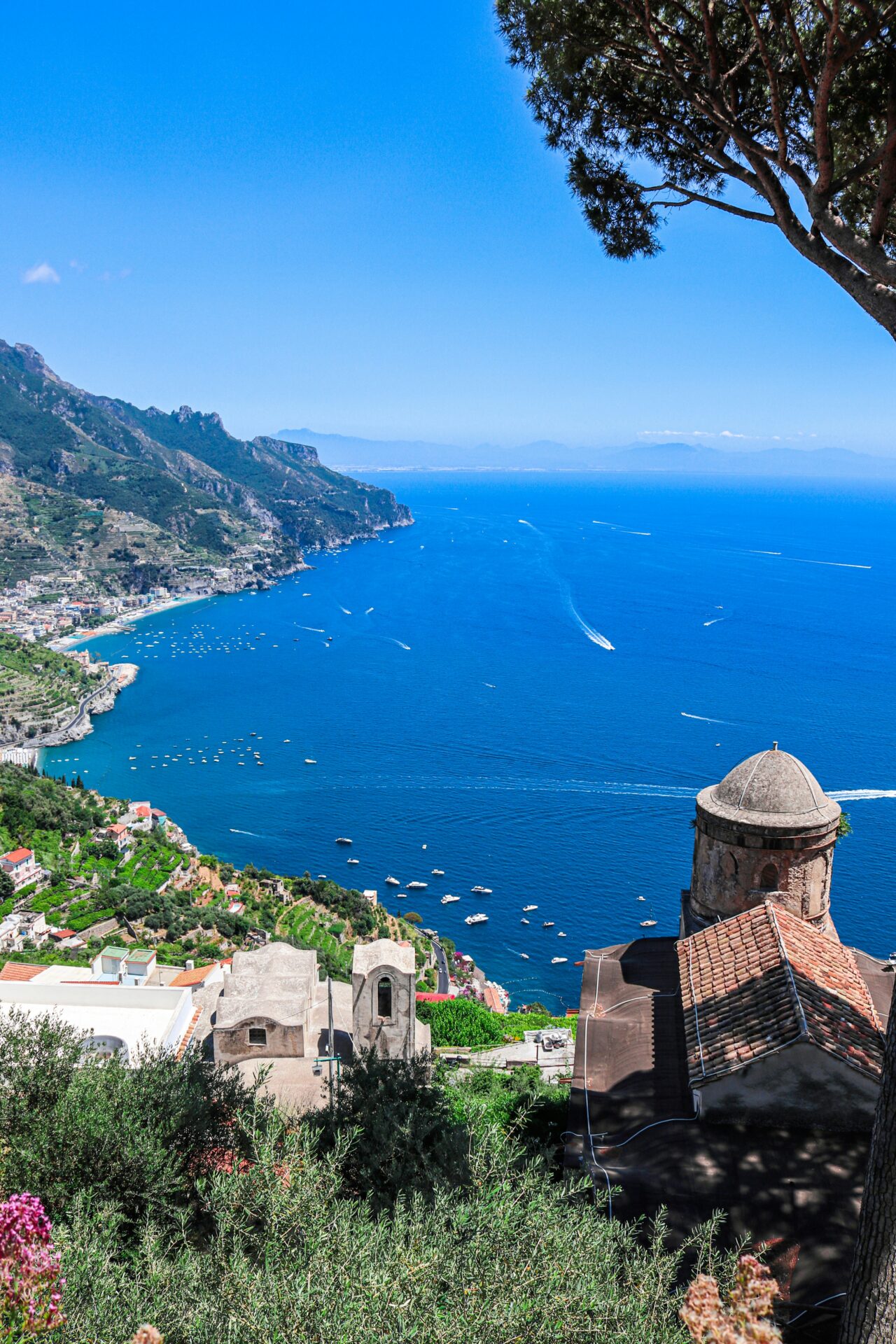
The trails near Sorrento led me through lemon groves and olive orchards. Punta Campanella gave me jaw-dropping views of Capri without the usual crowds.
If you want a truly local experience, try the paths connecting Tramonti’s villages. These routes show you rural life that feels a world away from touristy Positano.
Most trails are well-marked, but I always download maps ahead of time—cell service can be spotty in the mountains. Morning hikes are best for photos and cooler air.
Unforgettable Journeys by Sea
The Mediterranean around the Amalfi Coast gives you some of the best views you’ll ever see. Exploring by boat opens up hidden coves, dramatic cliffs, and coastal towns you can’t reach by land.
Discovering Capri and Anacapri by Boat
I realized that boat tours to Capri show you a whole new side of the Amalfi Coast. Gliding over blue water with cliffs towering above is an experience in itself.
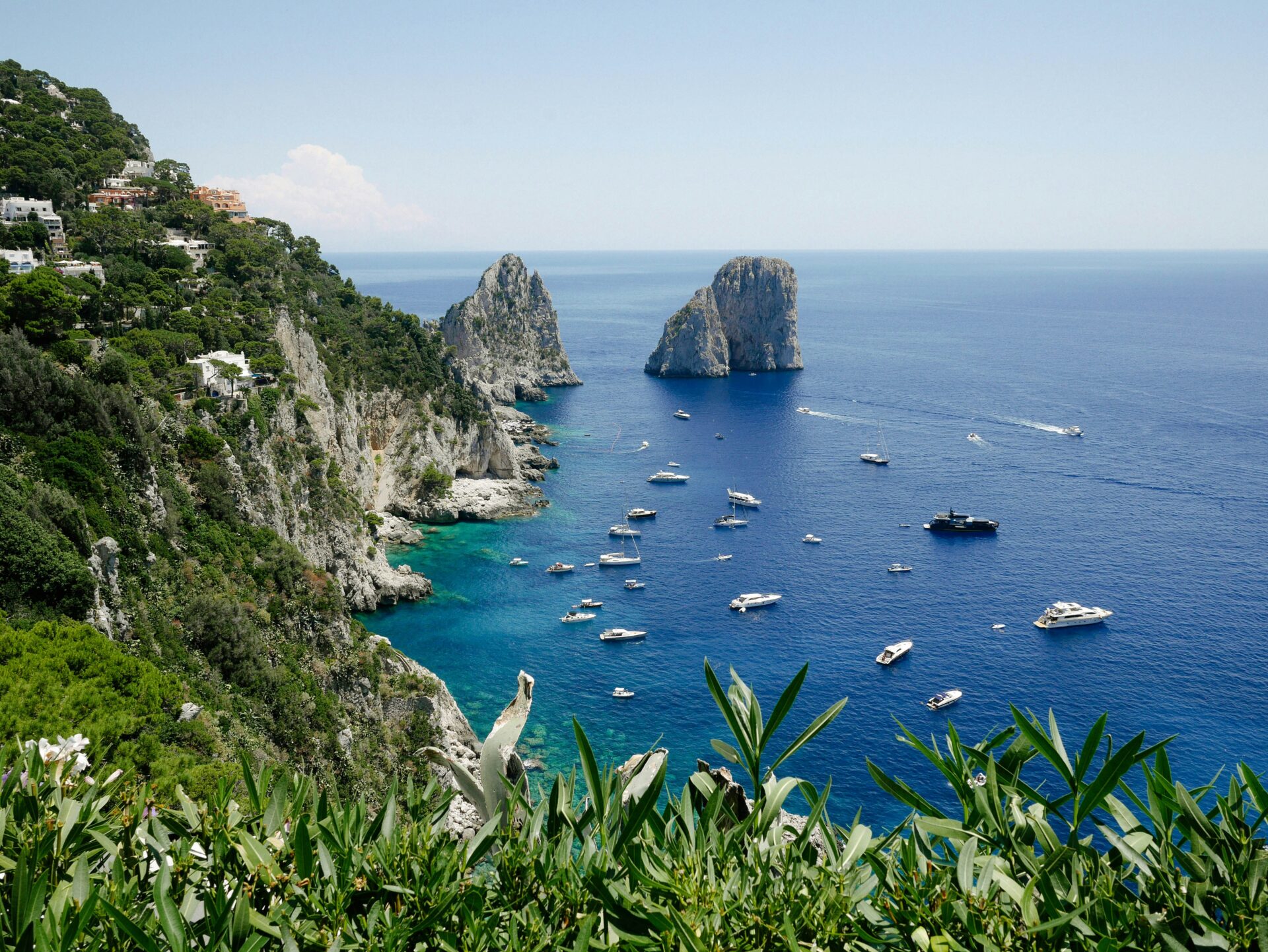
Last summer, I joined a small-group boat from Positano that circled Capri. The captain pointed out sights I would’ve missed, like the Blue Grotto and Faraglioni rocks.
Anacapri, perched higher on the island, offers views that seem to go on forever. Most tours give you time in both Capri town and Anacapri, but I always pick one that lets me spend at least 3-4 hours on the island.
Pro tip: Go for early morning departures to avoid the worst of the crowds and the heat.
Seaside Escapes to Lesser-Known Harbors
While everyone else packs into Positano’s harbor, I’ve found the quiet ports along the coast way more magical. Praiano’s marina has the same beauty but feels a lot more relaxed.
Taking a local ferry from Amalfi to small harbors like Cetara and Minori gave me a taste of working fishing villages that haven’t been taken over by tourism.
From the sea, I spotted hidden restaurants perched on cliffs, only reachable by boat. Once, a fisherman in Praiano took me to a tiny cove restaurant where I had the freshest seafood of my life.
If you love photography, try morning or evening boat trips—the light turns the colorful towns and cliffs into something out of a dream.
Where to Stay for an Authentic Amalfi Experience
The right place to stay can make your Amalfi trip unforgettable. The best spots mix local character with those famous views and let you dodge the cruise ship crowds.
Family-Run Inns and Boutique Retreats
Family-run B&Bs have become my go-to for a real taste of Amalfi life. In places like Praiano or Atrani, look for inns with fewer than 10 rooms. Sometimes, the owners invite you for homemade limoncello on the terrace.
My favorite find was a six-room inn in Conca dei Marini where the grandmother made pastries every morning. The owners shared secret hiking trails and pointed me to local restaurants you’d never find in a guidebook.
If you want a boutique feel with more comforts, check out converted monasteries or old fishing houses. These places keep their historic charm but add modern touches that big hotels sometimes miss.
Historic Villas with Stunning Views
Villa Cimbrone and Villa Rufolo set the bar for historic stays with jaw-dropping views. I spent a few nights at a restored 17th-century villa near Ravello, and my balcony overlooked lemon groves tumbling down to the sea.
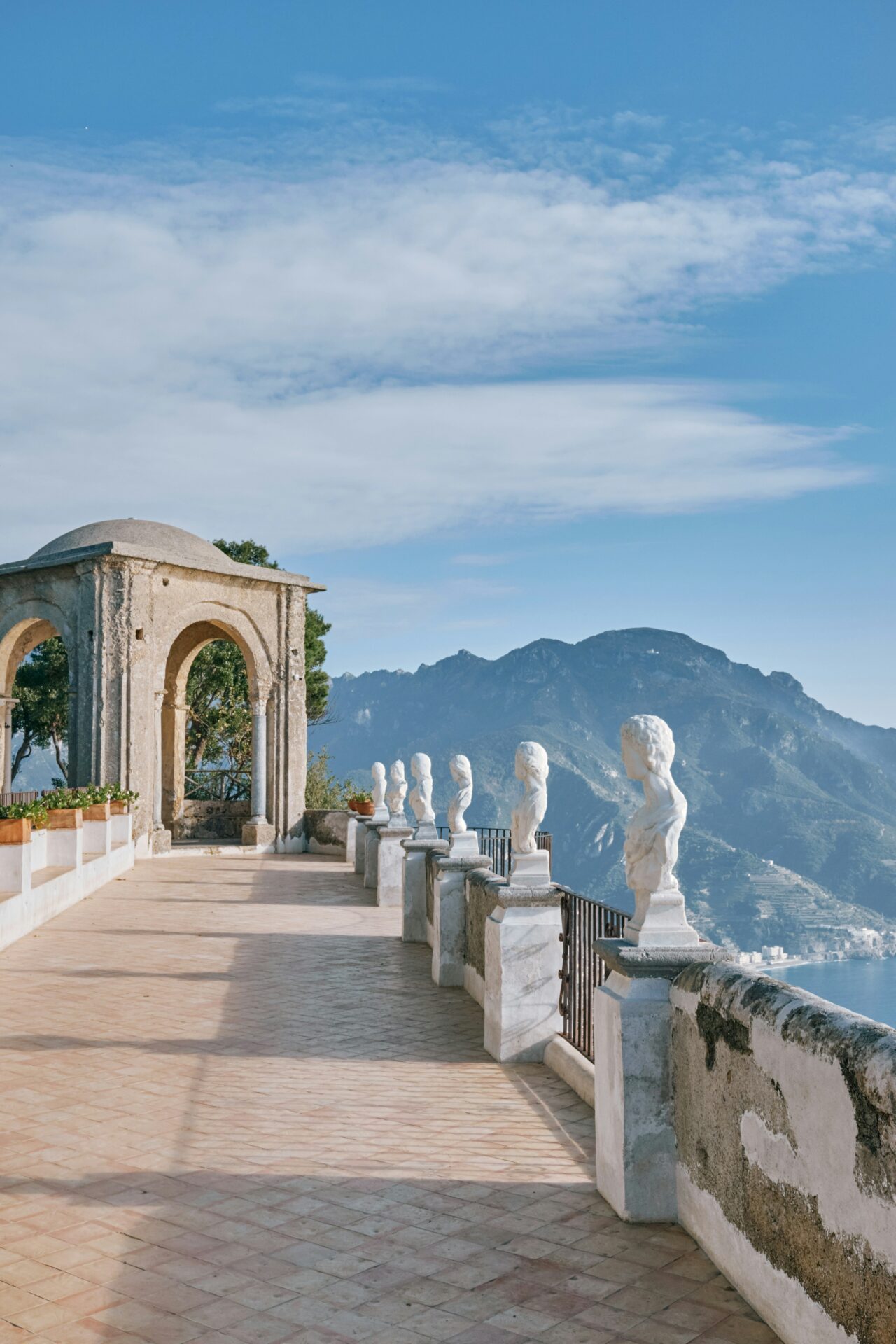
The best historic villas have:
- Original architecture and antique furnishings
- Private gardens or terraces
- Infinity pools facing the Mediterranean
- Easy walks to local villages
I usually skip the big luxury hotels and pick smaller historic properties with under 20 rooms. They often cost less and give you more character and personal service.
Many of these villas sit on cliffs between towns, so you’ll need to be ready for a bit of walking. But honestly, the peace and authentic vibe are worth the extra steps.

